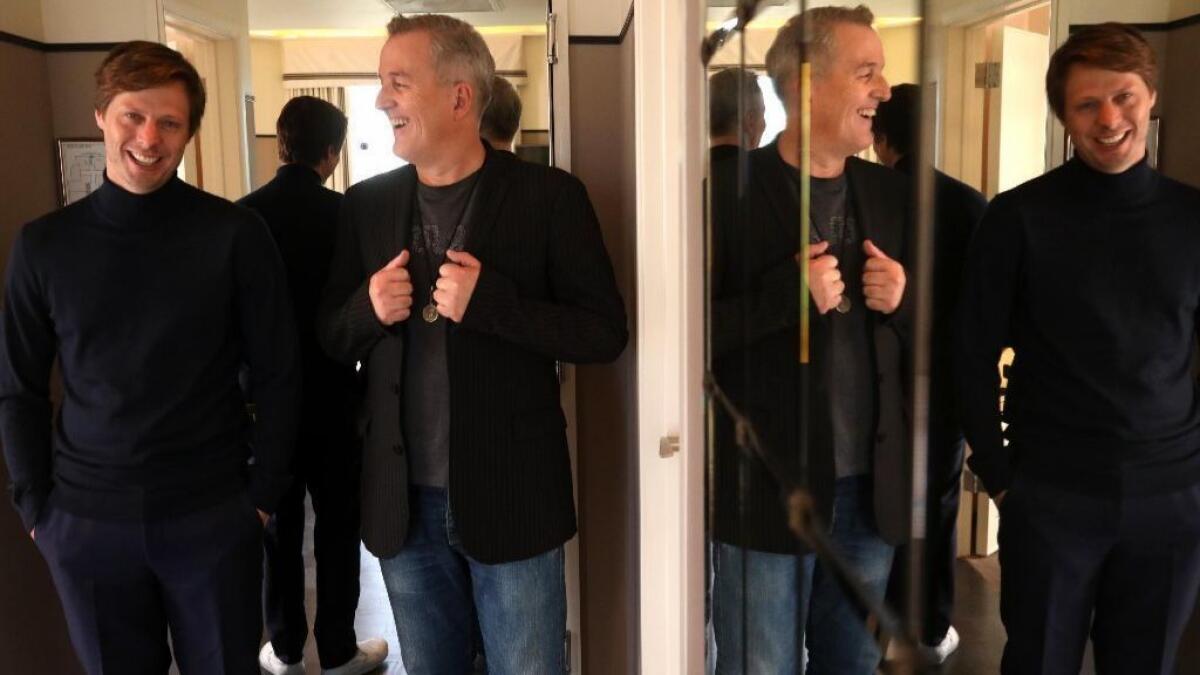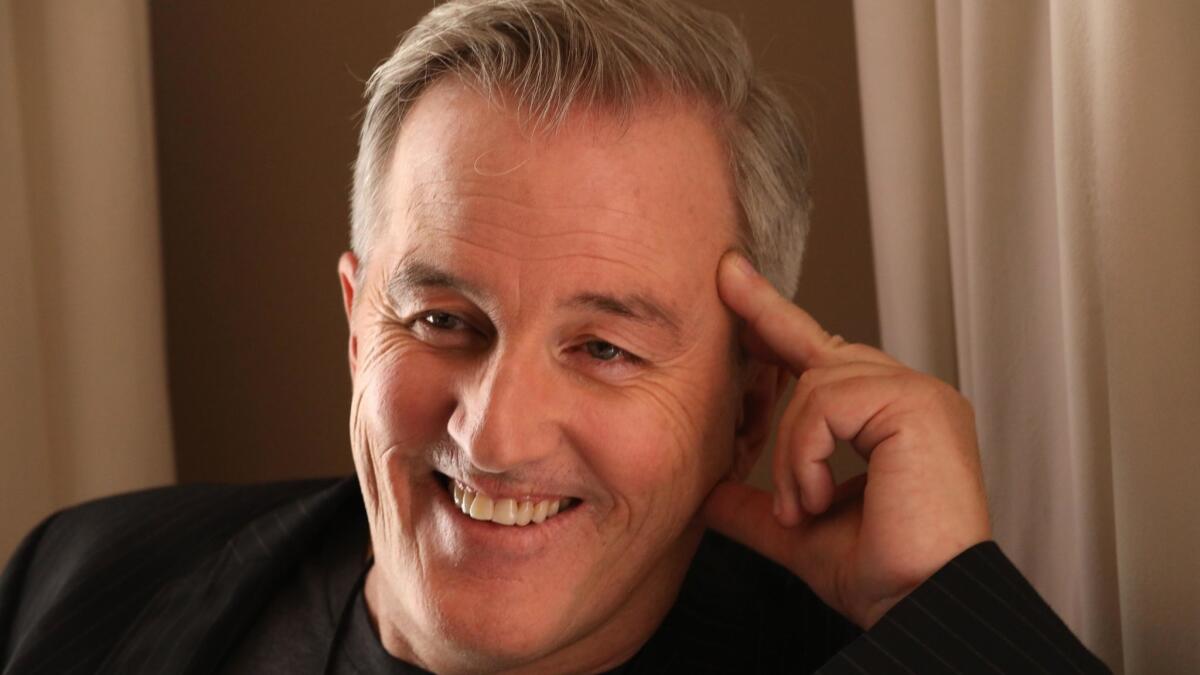Drug addiction, internal struggles, and fathers and sons all pushed ‘Beautiful Boy’ to the screen

Luke Davies: I learned about a possible job that was going, based on the memoirs “Beautiful Boy” by David Sheff and “Tweak” by Nic Sheff. When I read the books, I immediately recognized their power and truth. But I was wary, because 10 years after “Candy,” I wasn’t sure if it was a good idea to write another film with drugs at the heart. Then Philip Seymour Hoffman died, and my father wrote me an email mentioning it, and saying, “Luke, there are times when this family feels very blessed.” He was talking, obliquely, about my own history with addiction. The email shifted everything for me. In “Candy,” I’d never dealt with my own father-son relationship in those years; it was an absence in both the novel and film. And now I thought: “OK, the universe is possibly giving you a message. You should go for this job. You should put your heart into it.”
Felix van Groeningen: The books spoke to me in a visceral way. David’s story in “Beautiful Boy”: a father doing everything he can to save his son; Nic’s quest in “Tweak,” a beautiful boy with a huge internal struggle, raw and authentic. Like so many, I had seen addiction destroy people and families at close range: in my family too it happened, and I realized we hadn’t found a way to deal with it. I became fascinated with the idea of adapting the two books into one film. It was going to be a long road, but I had a gut feeling that it could be done, and distinctively. I met Luke in Sydney (we were both, by coincidence, in Australia for a moment), and we felt a shared passion. We sat on Bondi Beach, looking out over the ocean, trying to get a grip on the vastness of the two books. Each one spanned 10 or 15 years. Luke and I both made timelines of the books to sort it out in our heads. Thinking about what the main beats for each character were, and how they intersected.
Davies: From very early on, the entire journey became a process of “boiling it down.” Felix and producer Jeremy Kleiner and I were all in Paris in summer 2014. I bought this long roll of butcher’s paper, and we tacked it up along the wall. We talked and scribbled for a couple of days. It was like the Unabomber’s flow chart. Out of that, I wrote a 40-page treatment. I know it was too long and too dense, but it seemed somehow necessary. We needed to see what all the elements were before we started dropping some of them out. My “first draft” of my first draft was 185 pages. I whittled that down to 125 pages — a lot of babies and bathwater being thrown out. I visited Felix in Antwerp. We were always adding, subtracting, adding, subtracting. But a shape was emerging.
Van Groeningen: At some point, I felt that we were pushing too much “structure” onto the authentic story. The repetitive nature of a recovery narrative is also the challenging part of it. How do you keep invested in it, when you sort of know what is coming? Yet we needed to embrace this repetitive nature, and try to find a way to experience it like the characters experienced it — rebuilding hope every time (because this was what made it real and truthful). Luke and I spent time together in Los Angeles. How do we get the core of it right in a simple way? How do we balance these two points of view? Continually boiling it down is how it felt indeed. We broke out a giant whiteboard. By now the shape was a little more coherent than on the butcher’s paper. After that, Luke went off and delivered a second draft.

Davies: I think “linear, with flashbacks” was my starting approach. But Felix suggested being bolder and freer with the time jumps. The swirling circularity of “Broken Circle Breakdown” had been a revelation to me — the way it made already haunted subject matter feel even more haunted. So I gave it a try. I think it perfectly suited the material. The central questions remained the same: how to find the emotional rather than the cerebral logic of the film. How to make the two arcs intertwine without glitching, and still get to a single cathartic ending. Interestingly, while we did so much back and forth with the time jumps and time loops as we kept boiling it down, we hit upon the final scene quite early, and it stayed through all the drafts. So we kind of always knew what we were heading towards.
Van Groeningen: Once we were confident we were beginning to get David Sheff’s mythic journey right, we could get rid of some of the bigger moments and other ballast. Things that had seemed indispensable in earlier drafts now seemed extraneous. We could be more pure and focused. Our loyalty started to be to how memory actually works: in pulses and fragments, sometimes radiant, sometimes ugly. In the books, these were very intense memories. The more we tried to be true to David and Nic Sheff’s subjective experiences, the more it seemed that these looping circles were the way to go. And then I shot the film. And then I kept playing with the timelines in the edit too. The boiling-down process continued right to the end. Trying to reveal the emotional center of the story: That you keep showing up for those you love. Even in the worst of circumstances.
FULL COVERAGE: Get the latest on awards season from The Envelope »
More to Read
From the Oscars to the Emmys.
Get the Envelope newsletter for exclusive awards season coverage, behind-the-scenes stories from the Envelope podcast and columnist Glenn Whipp’s must-read analysis.
You may occasionally receive promotional content from the Los Angeles Times.










